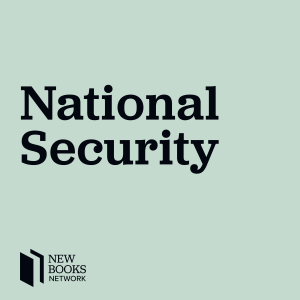
New Books in National Security
Science:Social Sciences

Iain MacGregor, "Checkpoint Charlie: The Cold War, The Berlin Wall, and the Most Dangerous Place On Earth" (Scribner, 2019)
 2019-11-08
2019-11-08
Download
Right click and do "save link as"
There is perhaps no more iconic symbol of the Cold War than the Berlin Wall, the 96-mile-long barrier erected around West Berlin in 1961 to stem the flow of refugees from Eastern Europe. In Checkpoint Charlie: The Cold War, The Berlin Wall, and the Most Dangerous Place On Earth (Scribner, 2019), Iain MacGregor draws upon interviews with a wide range of people to recount the history of the wall and how it affected the lives of the people on either side of it. Through their firsthand experiences he recounts the tension-filled hours when East German workers began constructing the first elements of what became an elaborate series of obstacles that restricted access to the two sides of the partitioned city. As Berliners gradually adapted to the presence of the wall, thousands of people on the eastern side risked their lives in their search for ways around, above, and below the barriers to gain their freedom in the West. As MacGregor explains, underlying much of this was the assumption by nearly all sides of the permanence of the wall, a belief that was proven false by the dramatic events of November 1989 which resulted in the fall of the Berlin Wall and the reuniting of the two sides of the German city.
Learn more about your ad choices. Visit megaphone.fm/adchoices
view more
More Episodes
012345678910111213141516171819
Create your
podcast in
minutes
- Full-featured podcast site
- Unlimited storage and bandwidth
- Comprehensive podcast stats
- Distribute to Apple Podcasts, Spotify, and more
- Make money with your podcast
It is Free
- Privacy Policy
- Cookie Policy
- Terms of Use
- Consent Preferences
- Copyright © 2015-2024 Podbean.com





